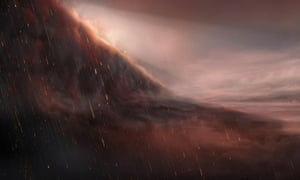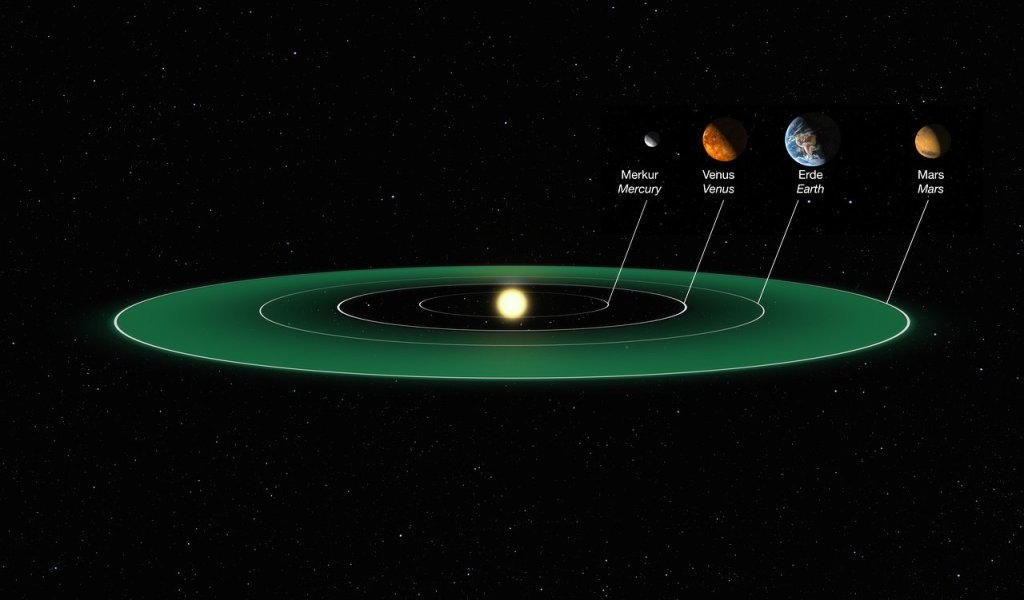
Way out in the constellation Centaurus is a peculiar solar system 434 light years away that fascinates astronomers. The central star, named 1SWASP, is similar to our Sun in size and doesn’t appear to have any unusual characteristics for a main-sequence star. However, it was discovered in 2007 that 1SWASP is orbited by one enormous exoplanet when Eric Mamajek viewed a complex eclipse that showed the presence of a “Super Saturn.” This exoplanet (called J1407b) has also been called a “Saturn on Steroids” due to its enormous system of circumplanetary rings that are around 600 times the size of Saturn’s. For reference, if this planet changed places with Saturn we would see it’s ring system from Earth and it would appear 4-5 times as large as a full moon. Additionally, there are several gaps in the ring system that suggest the presence of large exo-moons. If anyone lives on those moons, they probably have an incredible view of the sky every night. I’m jealous!
Since the solar system is very young (only about 16 million years) it is theorized that the planet’s ring system will slowly diminish in size as time goes on. However, it appears that the rings orbit J1407b in retrograde motion, so this may allow for longer ring lifetimes than usual. Additionally, the rings may be able to be replenished by passing objects that get trapped in orbit. Whatever may happen to this “Super Saturn,” there’s no doubt that its rings are certainly amazing today!










